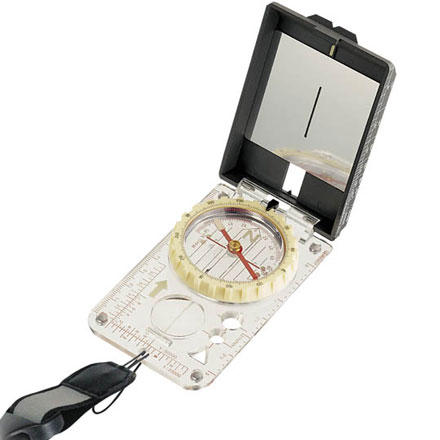Developing an Eye for Angles – Part 1
An experienced car mechanic can look at a nut or bolt from ten feet away and instantly tell you what size it is down to the 64th of an inch. It is not magic, but more a case of repetitive familiarity within a certain range. Cars tend to use bolts in the 1/4″ to 1″ range, so after a few hundred times of fitting sockets to them, you start to develop a eye for what size they are.
The same idea applies for slope angles, which in terms of avalanche danger, is a key factor. Although my eyes/brain are not accurately calibrated for the sub 25-degree range, or over 50-degrees, I can usually pick out a slope angle in the 30-45 degree range to within a degree or so at a glance. Like a mechanic, this is more the result of first making a guesstimate, then trying it (with a clinometer in the case of a slope). After doing this a few hundred times you start to get pretty accurate at it. If I’m with a group, I make everyone guess (including myself) before taking the actual measurement, just for the fun of it.
The significance of developing an eye for angles is that often, just a few degrees can make a huge difference. For instance, say you are skinning up a 30 degree ridgeline, which then contours around into a slightly steeper bowl. In this case, you will be changing aspects (north/south/east/west) AND bumping the angle up towards the prime 38-degree avalanche strike zone. It is subtle, but within a few feet you can go from relative safety to dangerous.
________________________________
Help support StraightChuter.com and nail your angles with a Kasper & Richter Alpin Sighting Compass from Backcountry.com. Click on the photo below…
Category: 07 Avalanche Avoidance










